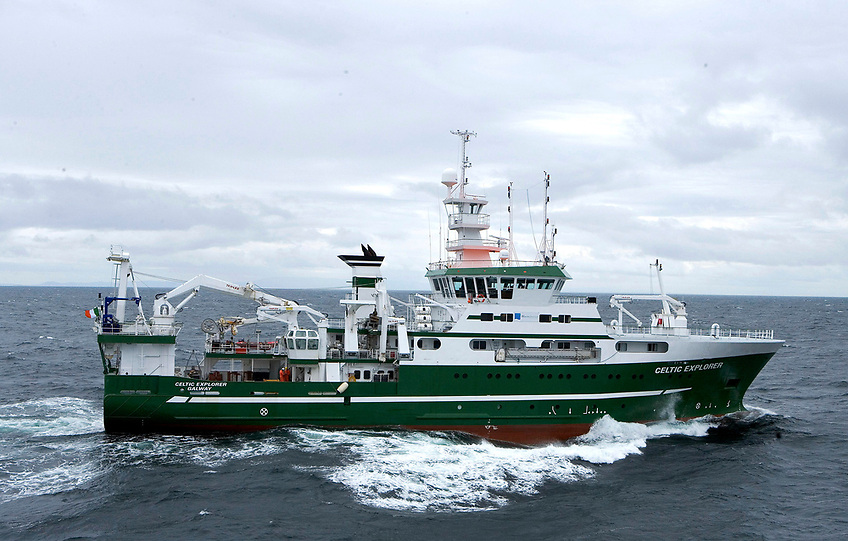Financial losses caused by invasive species have been equivalent to the cost of natural disasters over the past 40 years, according to an international study involving Queen’s University Belfast (QUB).
The study analyses how “invasive alien species” such as zebra mussels, which can “wreak havoc” on everything from ships’ hulls to nuclear power plant pipes have become a growing problem in Europe and North America.
The research team, which was led by QUB and involved the French National Center for Scientific Research (CNRS) and the l'Université Paris-Saclay, has published its findings in the journal Perspectives in Ecology and Conservation.
The research states that from 1980 to 2019, financial losses due to invasive alien species amounted to $1208 billion (US).
This was compared to nearly $1914 billion in losses caused by storms, $1139 billion attributed to earthquakes and $1120 billion due to floods.
The scientists say the costs of biological invasions have “increased more rapidly than those of natural disasters in recent decades”.
“To date, investments in preventing and managing biological invasions are ten times lower than the financial losses caused by them,” they state.
“For this research team, these results call for the deployment of action plans and international agreements on limiting the advance of invasive alien species, similar to those implemented in the context of natural disasters,” they emphasise.
The results were obtained by the research team from the “InvaCost” database, which currently lists over 13,500 costs due to biological invasions worldwide.
The costs of natural disasters at global level were compiled using the International Disaster Database and data from the US National Oceanic and Atmospheric Administration (NOAA), they explain.
“By invading new environments, some alien species have caused disastrous consequences for local species and ecosystems, as well as for human activities – damage to infrastructure, crops, forest plantations, fishing yields, health and tourism. The areas affected are multiple, and the damage is costly,” they state.
The results of the study have been published in Perspectives in Ecology and Conservation.































































